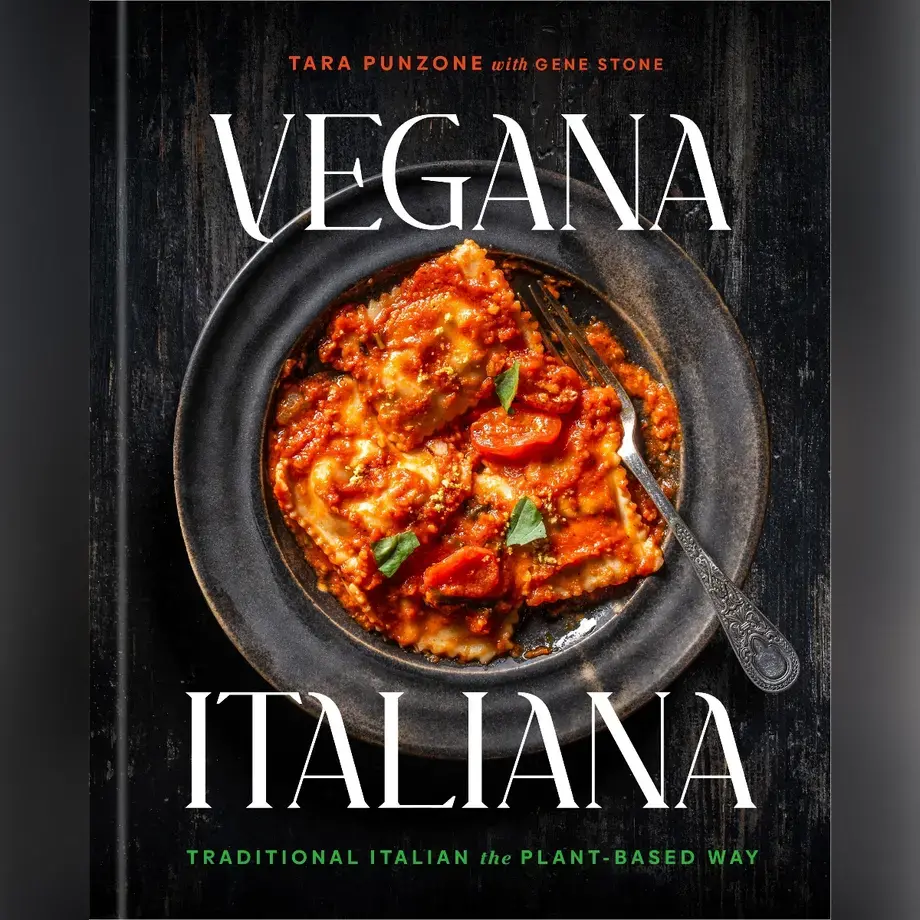You may not have heard of guanciale, but it could be the reason your pasta dishes sometimes feel a bit lacking. A key ingredient in popular Italian dishes like spaghetti alla carbonara and pasta all'amatriciana, it is often replaced by pancetta or even back bacon, much to the consternation of Italians everywhere.
Guanciale is a highly-flavoured cured pork taken from the cheek or jowl of the animal, with its name derived from the Italian guancia, or cheek. It is cured using salt, pepper and spices, and has a high fat-to-meat ratio, giving it an intense, sweet-savoury pork flavour and a tender, melting texture.
The closest thing to guanciale is probably pancetta, which is cured belly meat, but there is still a notable difference between the two. Guanciale has both a richer flavour and a softer texture than pancetta or bacon, so if you like pancetta, you’ll love guanciale.
A specialty of central Italy, particularly Umbria and Lazio, guanciale is made by rubbing the fresh cut of meat, with the skin still on, in sea salt and spices, which typically include ground black or red pepper, thyme or fennel, and sometimes garlic. The meat is then left to cure for anywhere between three to ten weeks, and will lose 30% or more of its original weight.
Guanciale fat melts when cooked, and adds a rich, deep pork flavour to any dish. If you make either of these dishes without guanciale, you may have made a perfectly tasty plate of pasta, and that’s fine, but - and the Italians are very clear on this - you haven’t made spaghetti carbonara and you haven’t made pasta all’amatriciana.
Italy has a wealth of regional pasta dishes, over which the locals are fiercely protective. TV chef Carlo Cracco discovered this to his cost when he added a rogue garlic clove to his Amatriciana and found himself being reprimanded by no less than the mayor of Amatrice, the small town in Latium from which the dish takes its name. True Amatriciana sauce, according to the mayor, should contain only guanciale, pecorino cheese, white wine, San Marzano tomatoes, pepper and chilli pepper. Even the tomatoes are a rather grudging late addition, and must be peeled fresh tomatoes rather than passata.
All of this may seem a little strict, but if you stick to the rules for making Amatriciana, we promise that the results will be worth it. Maintaining the delicate balance of the original ingredients in any recipe can mean setting aside unnecessary items you thought you should be using, as well as sourcing that one special ingredient that really makes the dish sing. Stick to the original, tried-and-tested recipe, and you could find yourself surprised by the extra depth in flavour in a dish you thought you knew. Don’t believe us? Try swapping the bacon in your Amatriciana or carbonara for guanciale, and you’ll see what you’ve been missing.
If you want to know how not to make carbonara, however, check out the clip of three chefs from Rome - the home of carbonara - reacting in horror to popular internet videos recommending the addition of cream, oil, butter, oil and butter, garlic, and even red onion. How many of the non-Italian internet chefs remembered to use guanciale?











